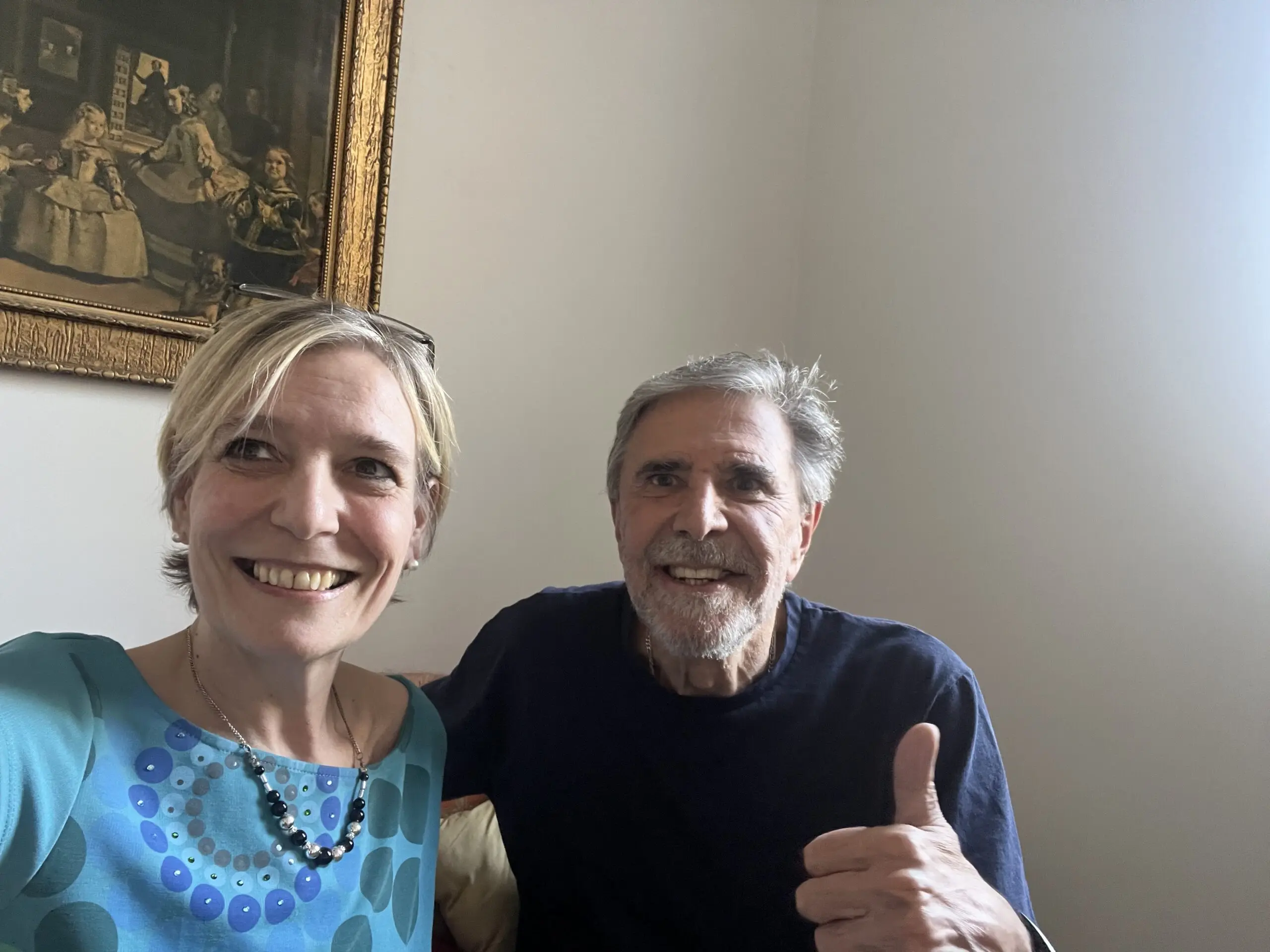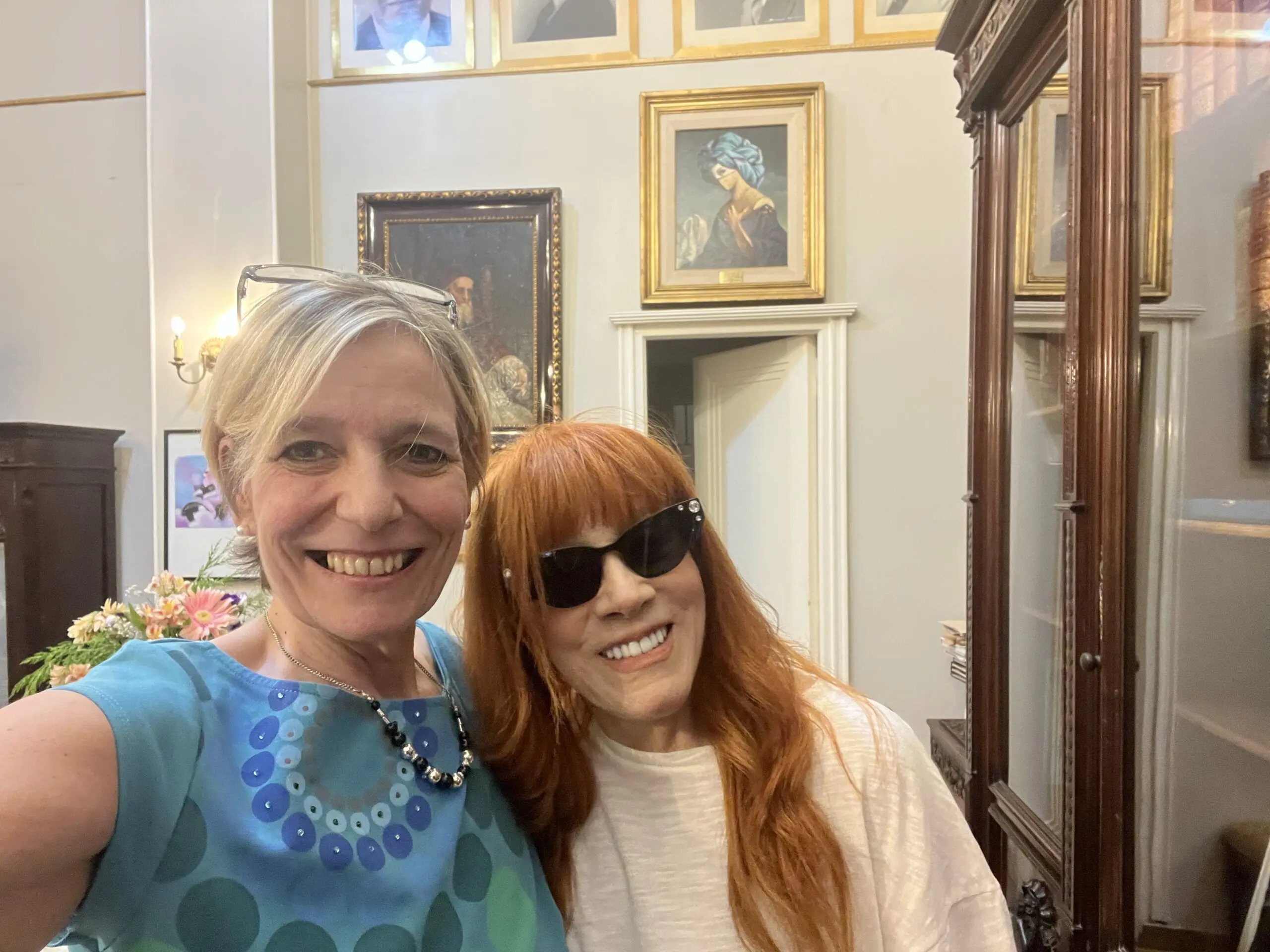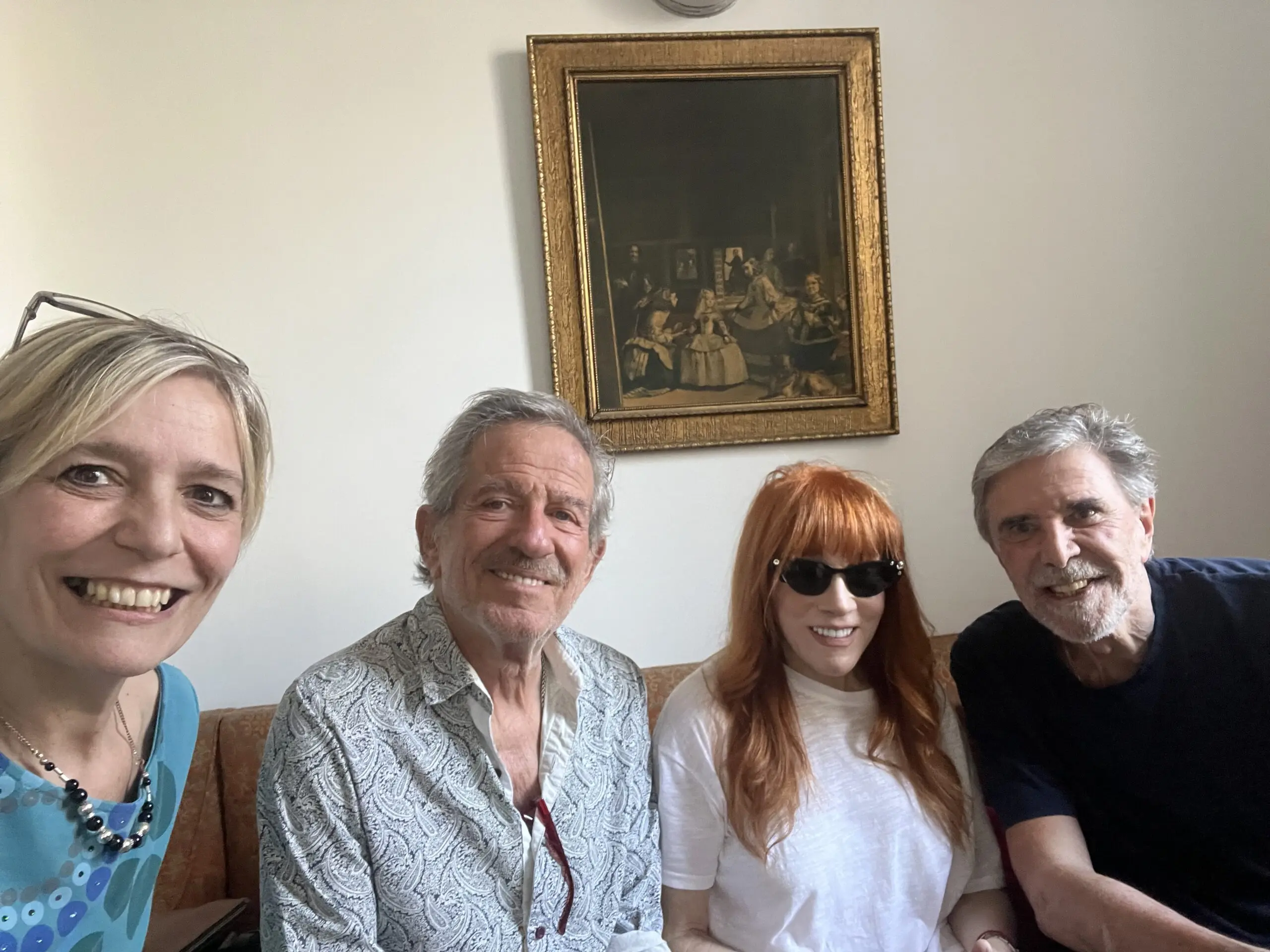
If you’re planning to travel to New York during one of its public holidays, it is possible that certain of its top attractions are closed. Instead, you will enjoy a very special and unique atmosphere in the city.
New York City

New York is composed of five boroughs – Brooklyn, the Bronx, Manhattan, Queens and Staten Island – is home to 8.4 million people who speak more than 200 languages, hail from every corner of the globe, and, together, are the heart and soul of the most dynamic city in the world.
New York City is a global leader in industries ranging from technology to transportation to financial services to fashion to health care to education. More than 52 million people visit NYC each year to experience the city’s unparalleled cultural institutions, visit our world-renowned parks, and dine at our more than 24,000 restaurants.
The City government, which is led by a Mayor and a Council of 51 members, employs more than 300,000 civil servants – including police officers, firefighters, educators, doctors, nurses, artists, and engineers – works to ensure the City promotes public safety, public health and opportunity. New Yorkers elect the Mayor, Borough Presidents, City Council Members, Public Advocate, and Comptroller. These officials are collectively responsible for overseeing City government, either directly or through their appointees. The City Charter defines the authority of each official or body, including community boards, and the relationships among them.

The Mayor
The Mayor is the City’s chief executive officer, setting the agenda for the City and its finances and appointing Deputy Mayors and heads of agencies to carry out policies.
Eric L. Adams is the 110th Mayor of the City of New York. Mayor Adams has served the people of New York City as an NYPD officer, State Senator, Brooklyn Borough President, and now as the 110th Mayor of the City of New York. He gave voice to a diverse coalition of working families in all five boroughs and is leading the fight to bring back New York City’s economy, reduce inequality, improve public safety, and build a stronger, healthier city that delivers for all New Yorkers. Visit the Office of the Mayor to view the most recent City news announcements, contact Administration Officials, and learn more about Mayor Adams.

The Public Advocate
An independently elected public official, the Public Advocate represents the consumers of City services. He reviews and investigates complaints about City services, assesses whether agencies are responsive to the public, and recommends improvements in agency programs and complaint handling procedures; he serves as ombudsman, or go-between, for individuals who are having trouble getting the service, help or answer they need from City agencies; he monitors the effectiveness of the City’s public information and education efforts. Visit the office of the Public Advocate.
The Comptroller
An independently elected official, the Comptroller is the City’s Chief Financial Officer and advises the Mayor, the City Council, and the public of the City’s financial condition, and makes recommendations regarding City programs and operations, fiscal policies, and financial transactions. The Comptroller also audits and examines all matters relating to the City’s finances. Visit the office of the Comptroller.

The City Council
The City Council is NYC’s legislative body. There are 51 elected members, one from each council district. Besides enacting legislation, the Council approves the City’s budget and has oversight powers for the activities of City agencies. The Council monitors the operation and performance of city agencies, makes land use decisions and has sole responsibility for approving the city’s budget. It also legislates on a wide range of other subjects. The Council is an equal partner with the Mayor in the governing of New York City. The Speaker of the City Council is Adrienne Adams. View a list of all City Council Members here.
The Borough President
The Borough Presidents are the executive officials of each borough. The City Charter gives them authority to: work with the Mayor in preparing the annual executive budget submitted to the City Council and to propose borough budget priorities directly to the council; review and comment on major land use decisions and propose sites for city facilities within their respective boroughs; monitor and modify the delivery of city services within their boroughs; and engage in strategic planning for their boroughs. Visit the websites of the five Borough Presidents to learn more:
- The Bronx Borough President: Vanessa L. Gibson
- Brooklyn Borough President: Antonio Reynoso
- Manhattan Borough President: Mark D. Levine
- Queens Borough President: Donovan Richards
- Staten Island Borough President: Vito Fossella
Community Boards
Community boards are local representative bodies. There are 59 community boards throughout the City, and each one consists of up to 50 unsalaried members, half of whom are nominated by their district’s City Council members. Board members are selected and appointed by the Borough Presidents from among active, involved people of each community and must reside, work, or have some other significant interest in the community. Find a Community Board at the Community Affairs Unit website.
10 interesting facts you didn’t know about New York City
Manuel E. • 5 oct 2023
Whether you’ve seen the lights of New York City or not, chances are you’ve heard plenty about the Big Apple. You’ve seen it in movies, read about it in magazines, and if you haven’t been — you know someone who has. NYC probably calls to mind skyscrapers, a cosmopolitan lifestyle, and famous yellow cabs. You might think you’ve heard it all before, but here are ten things you definitely didn’t read in that magazine.
1. New York talks the talk

If you’re looking to learn another language or brush up on one, New York should be your first stop. Home to native speakers of about 800 different languages, the Empire City is truly the world’s cultural melting pot. Around half of NYC households speak a language other than English — and more than a third of New Yorkers are foreign-born. Go for a stroll around three of the five distinct boroughs on a half-day tour, and turn your ‘schlep’ into a linguistic voyage.
Who knows, you might even pick up some new phrases (apart from “hey, I’m walkin’ here!”)
2. Before New York, there was ‘New Amsterdam’

A walk around the hyper-modern metropolis might make you forget that there was a time before all the glitter and chrome. But New York wasn’t built overnight. In 1626, Manhattan Island was bought by Dutch settlers and named ‘New Amsterdam’, then used as a fur trading post for the Dutch East India Company. The city only became the New York we know today after the English took over in 1664.
If you’re planning a future visit, learn about its humble beginnings on a walking tour through lower Manhattan. You’ll marvel at the famous architecture and learn a bit of history… and might even leave with some New York-style pizza.
3. The resolution that let all the light in

SONY DSC
The city’s distinctive skyline is recognizable around the world, but from street level, it can be jaw-dropping. With such enormous buildings, it can be a wonder how architects ever managed to filter a little light through such an urban jungle. Take the Empire State Building: it’s so large it has its own zip code. With that kind of size, a change needed to be made. Enter the 1916 Zoning Resolution.
This regulation established how architects were allowed to build, preventing new skyscrapers from blocking light to the street below. It made life a lot brighter (and safer) for New Yorkers today.
4. New York City is LGBTQ+++

It may come as no surprise that the cultural capital of the world is also one of the most gay-friendly cities anywhere. Did you know that more New Yorkers identify as LGBTQ+ than in any other city in the US?
Even though same-sex marriage only became legal in New York in 2011, the city’s long and colorful history within the gay rights movement goes back much further.
A trip to NYC wouldn’t be complete without a visit to the Stonewall Inn. Those wanting to learn more about the gay rights movement can experience the history of the powder keg to the infamous 1969 riots. Considered the birthplace of the modern fight for LGBTQ+ rights in the US — Stonewall opens its doors to everyone.
5. City of gold

If you’re a fan of bank heist movies, you might already know the Federal Reserve Bank. Famous for having the largest store of gold in the world, this high-security institution is pretty loaded — having a reported 7000 tonnes of bullion! Hoping to climb in through an air vent to see it? That’s unlikely. But with a tour with a Wall Street professional, you can get tips on making your own fortune after travel picks up again. Until then, we recommend sticking to the movies.
6. ‘The Big Apple’ is named after horse racing

The origin of New York’s nickname is something of a mystery. But one thing’s for sure: it’s not that the city resembles a fruit. Instead, the ‘Big Apple’ takes its roots from the unlikeliest of sources — horse racing commentary. (Yes, really). Journalist John J. Fitzgerald coined the term in an article in 1921. His exact words?
“There’s only one Big Apple. That’s New York”. With an explorer pass, you can enjoy 85 of the city’s attractions and really take a bite out of the city on your next trip. New York will be waiting for you.
7. Even library cards are bigger

“Knowledge is power” goes the saying. With a New York library card, locals have access to over 50 million books — that’s a pretty powerful possession! Open to the general public, the New York State Library is the third-largest in the world and a must-see on a full-day tour of the city. Behind the famous lion statues of the library’s grand facade are sets of elegant reading rooms ready for a snuggle-up with a good book. With some added time at home, New Yorkers can finally get through that reading list.
8. Pearls line the streets (sort of)

The Dutch traders who formed New Amsterdam were blown away by the number of oysters on Ellis and Liberty Islands. So much so, that they were named ‘Little Oyster Island’ and ‘Great Oyster Island’. To cement their admiration, they even used oyster shells to pave present-day Pearl Street! Today, New York’s avenues are still lined with street food… but only the on-the-go variety. On a food-walking tour through the city, you can taste your way through the authentic and sometimes artistic street food cuisine. Working up an appetite for your next trip to New York?
9. Cab drivers can’t honk

Thinking of the Big Apple, the first thing that springs to mind is probably bustling streets with yellow taxi cabs beeping (and maybe someone yelling “they’re walkin’ here”). But in reality, cab drivers are fined — heavily — for unnecessary honking. They only use their horns for emergencies. As for water taxis? Well, you’ll just have to ask those cab drivers on the Hudson River water taxi tour when you’re next in town.
10. High ‘cawfee’ consumption

Looking to fit in with the locals? Sit outside a cafe with a large iced coffee you can sip while you walk the streets. According to data collected from a global health survey, New Yorkers gulp down 7 times as much coffee as their fellow Americans. Never slowing down, residents of the City That Never Sleeps are also the healthiest urbanites in the US. You can kickstart your local appreciation (and addiction) in Greenwich Village when you taste your way through town.
Still dreaming of a trip?
Travel may be limited right now, but planning future vacations doesn’t have to be!




